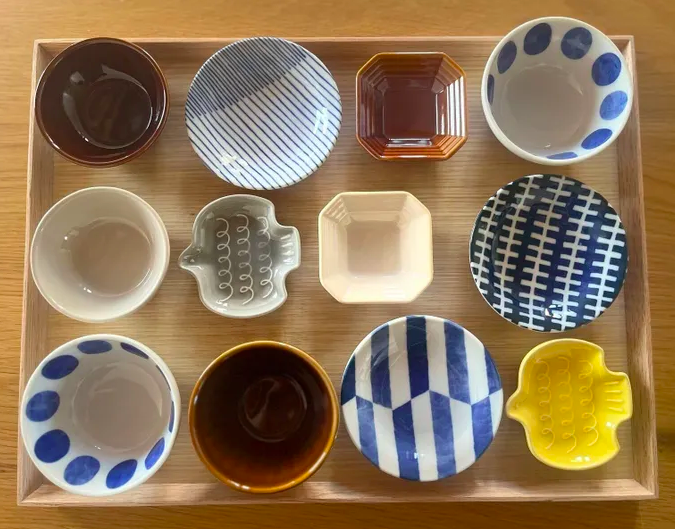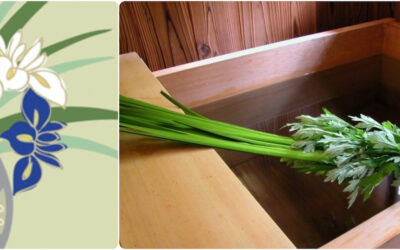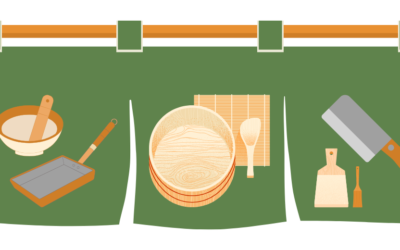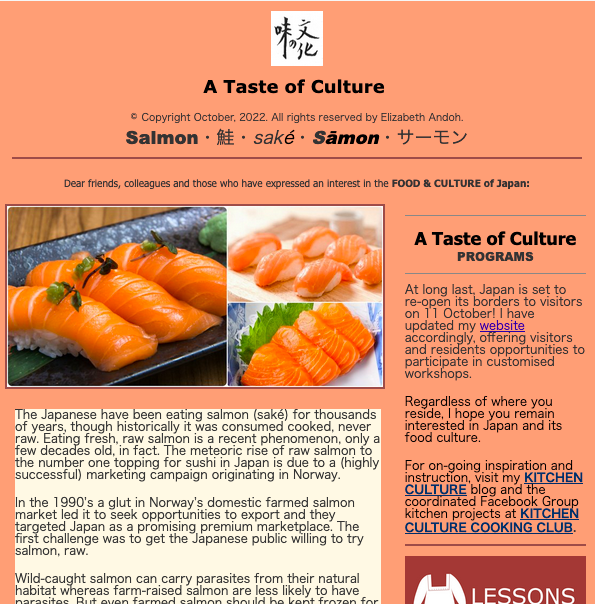Kitchen Culture
Tasty tidbits from the old-fashioned Japanese kitchen
Small Plates
MAMÉ-ZARA 豆皿 (Small Plates) One of the distinctive features of Japanese food arrangement is the use of many small plates and bowls in serving a meal. These vessels are typically varied in appearance (color, shape, design) and generally hold small portions of food...
Seasonal Word Play
In Japanese, the words for martial spirit (shōbu, 尚武), victory (shōbu, 勝負), and a reed that is a botanical relative of the iris flower (shōbu 菖蒲) make a fortuitous pun. Throughout Japan, during Golden Week, fragrant bunches of shōbu (iris reeds), are sold in...
New Beginings
In Japan, April is the time for new beginnings -- the start of a new school year, a new fiscal year, and changes to many established programs on TV, radio and other media outlets. In tune with this custom, I've made some changes at A Taste of Culture this month. I...
PROJECT Springtime Sweets
洋菓子・yōgashiWestern-Style Confectionery Japan's food culture includes ingredients, techniques and dishes that have been adopted and/or adapted from non-Japanese sources. One large category is confectionery. Earliest influences were from the Portuguese in the 16th...
Celebrating Sakura
The Japanese take great pleasure in celebrating the seasons and SAKURA (cherry blossoms) are emblematic of spring. From the time buds (tsubomi 蕾) first appear to the official pronouncement of blooming (kaika 開花) it is often less than a week. And from there to...





